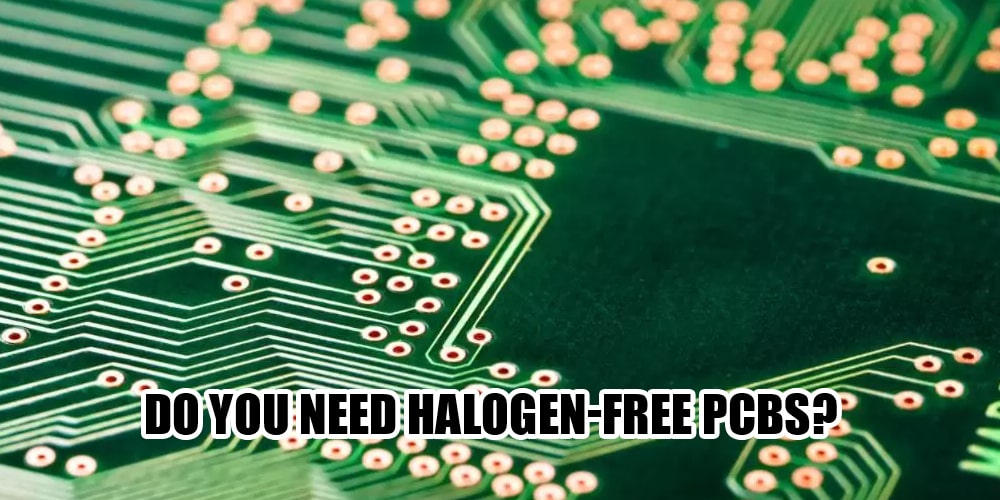Do you need halogen-free PCBs?
Global environmental awareness is getting higher and higher, and halogen-free PCBs have been used more and more. Do you know about halogen-free PCBs? Do you need to choose halogen-free PCBs?
What is halogen-free PCB?
Halogen-free PCB refers to a circuit board that does not contain chlorine, bromine and other halogen elements in the PCB substrate. The total halogen content of each element is less than 900 ppm (parts per million), and the total halogen content is less than 1500 ppm. Traditional PCBs use halogen-containing polystyrene (FR-4) as the substrate material. Halogen elements can promote the degree of ignition of PCB materials, but also produce some harmful gases.
Halogen-free PCBs do not use halogen-containing materials, and mainly use polystyrene, methyl cycloacrylate or graphite as alternative substrate materials. The mechanical and electrical properties of these substrate materials can meet the requirements of most PCB application fields.
Features of halogen-free PCBs
1.Follow the rules
The EU's RoHS directive restricts the use of brominated flame retardants in electronic equipment.
IEC 61249-2-21 defines the requirements for halogen-free PCBs.
REACH (Registration, Evaluation, Authorization and Restriction of Chemicals) regulations also promote the reduction of hazardous substances.
2.Environmental impact
Halogen-containing materials release toxic gases when burned, posing a significant risk to health and the environment. Halogen-free PCBs do not produce toxic gases during the production process and when recycled after the end of their service life.
3.High safety
Halogen-free substrate materials have weaker combustion performance, are less likely to catch fire, and produce less toxic gases.
Under what circumstances do you need to use halogen-free PCBs?
1.Need to comply with RoHS standards and ship to the European market;
2.May generate high heat or be used in flammable environments;
3.High requirements for environmental impact;
Reasons for not considering halogen-free PCBs
1.Cost becomes higher, halogen-free materials are more expensive than traditional halogenated materials. The initial cost increase will become a barrier for some manufacturers.
2.Although halogen-free materials have improved thermal and electrical properties, they also have different mechanical properties.
3.Switching to halogen-free PCBs may require adjustments to manufacturing processes, such as soldering temperature and storage methods.
Conclusion
The decision to use halogen-free PCBs depends on various factors, including environment, safety, cost, etc., but if your market is the EU, then you must choose halogen-free PCBs.
